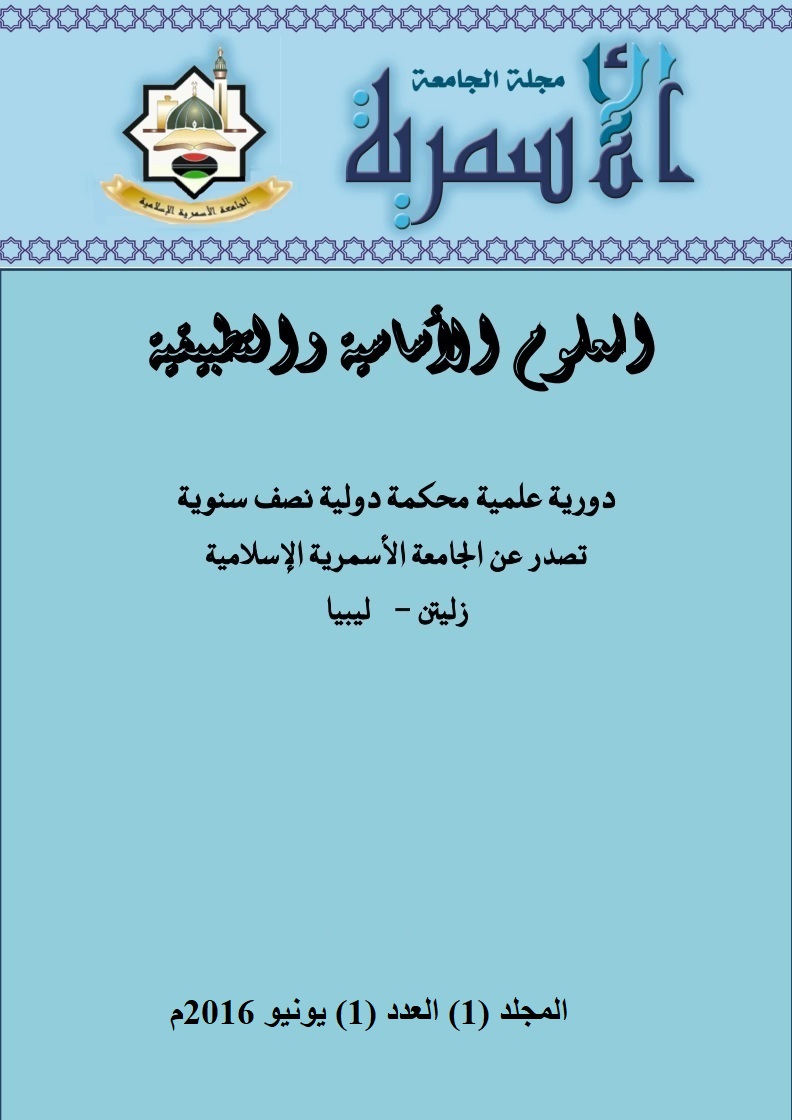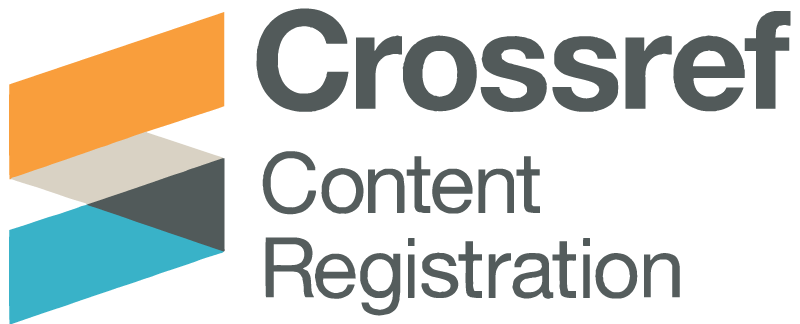Switch Search Direction Algorithm versus GN and LM Parameter Estimation Algorithms in Modeling Inverse Heat Transfer Problem
DOI:
https://doi.org/10.59743/aujas.v1i1.1570Keywords:
parameter estimation, inverse heat transfer, mathematical modeling, nonlinear least squaresAbstract
The SSDPE method is a robust parameter estimation technique which minimizes the error. Modeling inverse heat transfer is estimating values of parameters of a mathematical model from measured data. A governing differential equation, its boundary and initial conditions are used to derive the solution, and then the solution is coupled with an efficient parameter estimation algorithm to search for the unknown thermal parameters. The SSDPE technique was developed to couple with a Green’s function solution of a biological system to estimate three unknown parameters [1]. A Green’s function solution is combined from superimposing all finite effects caused by the applied forcing function; such as, step-, ramp-, or pulsed- function. The common nonlinear least squares techniques are hard or impossible to couple with this kind of nonlinear discontinued solution. The preciseness of a parameter estimation technique can be measured from its ability to minimize the random noise effect on the estimated results. Therefore, the SSDPE is compared with two known methods. The three techniques are investigated with different levels of random noise added on top of the simulated measured data. This paper validates the ability of the SSDPE to estimate parameters by testing the method versus the Gauss-Newton, and the Levenberg Marquardt estimation techniques.
References
Alkhwaji, Abdusalam, Vick, B., and Diller, T., “New mathematical model to estimate tissue blood perfusion, thermal contact resistance and core temperature,” Journal of Biomechanical Engineering, Vol.134, 2012, 081004, pp. 1-8. DOI: https://doi.org/10.1115/1.4007093
Abdusalam Alkhwaji, Brian Vick, Tom Diller, “Modeling and Estimating Simulated Burn Depth Using the Perfusion and Thermal Resistance Probe,” Journal of Medical Device, Vol.7, September 2013, 031003, pp. 1-9. DOI: https://doi.org/10.1115/1.4024160
Abdusalam Alkhwaji, Tom Diller, “Monitoring and Quantifying Burn Wounds on Pig Skin using Thermal Measurements,” In submission process.
Abdusalam Alkhwaji, Tom Diller, Brian Vick. “Detecting burn severity and the associated inflammation responses using thermal measurements in living tissue – Modeling and experimental approaches”, The 12th Annual Graduate student research symposium, May 16th, 2013
R. Fletcher. A Modified Marquardt Subroutine for Nonlinear Least Squares. Rpt. AERE- R 6799,
Harwell D. Marquardt (1963). An Algorithm for least Squares Estimation on Nonlinear Parameters. SIAM J. APPL. MATH. 11, pp 431-441. DOI: https://doi.org/10.1137/0111030
K. Levenberg (1944). A Method for the Solution of Certain Problems in Least Squares. Quart. Appl. Math. 2, pp 164-168. DOI: https://doi.org/10.1090/qam/10666
K. Madsen (1988). A Combined Gauss-Newton and Quasi-Newton Method for Non- linear Least Squares. Institute for Numerical Analysis, DTU. Report NI-88-.
Broyden, C. G., (1967). Quasi-Newton methods and their application to function minimization, Math. 21, 368–381. DOI: https://doi.org/10.1090/S0025-5718-1967-0224273-2
Luenberger, D. G., (1973). Introduction to linear and nonlinear programming, Addison Wesley, Reading, MA.
Nash, S. G., and Sofer, A., (1996). Linear and nonlinear programming, McGraw–Hill, New York.
Tarantola, A., and Valette, B., 1982b. Generalized nonlinear inverse problems solved using the least-squares criterion, Rev. Geophys. Space Phys., 20, 2, 219–232. DOI: https://doi.org/10.1029/RG020i002p00219
Downloads
Published
How to Cite
Issue
Section
License
Copyright (c) 2016 Abdusalam Alkhwaji

This work is licensed under a Creative Commons Attribution 4.0 International License.
The rights relate to the publication and distribution of research published in the Journal of Alasmarya University where authors who have published their articles in the Journal of Alasmarya University should Know how they can use or distribute their articles. They reserve all their rights to the published works, such as (but not limited to) the following rights:
- Copyright and other property rights related to the article, such as patent rights.
- Copyright on all open access article in Journal of Alasmarya published by Alasmarya Islamic University is retained by the author(s) and they can used in it's future works, including lectures and books, the right to reproduce articles for their own purposes, and the right to self-archive their articles..
- Authors grant Alasmarya Islamic University a license to publish the article and identify itself as the original publisher.
- Authors also grant any third party the right to use the article freely as long as its integrity is maintained and its original authors, citation details and publisher are identified.
The Creative Commons Attribution License 4.0 formalizes these and other terms and conditions of publishing articles










